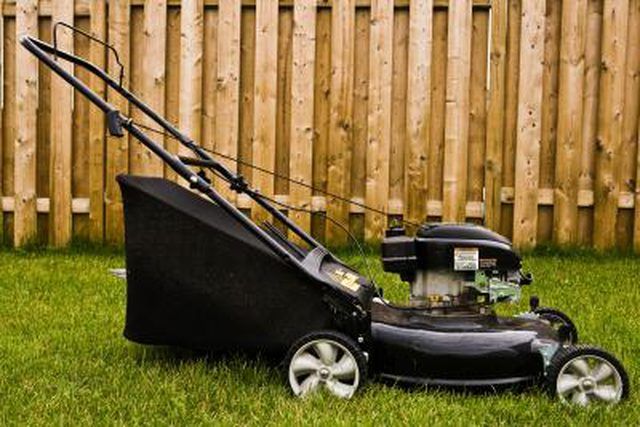Bulbs
Flower Basics
Flower Beds & Specialty Gardens
Flower Garden
Garden Furniture
Garden Gnomes
Garden Seeds
Garden Sheds
Garden Statues
Garden Tools & Supplies
Gardening Basics
Green & Organic
Groundcovers & Vines
Growing Annuals
Growing Basil
Growing Beans
Growing Berries
Growing Blueberries
Growing Cactus
Growing Corn
Growing Cotton
Growing Edibles
Growing Flowers
Growing Garlic
Growing Grapes
Growing Grass
Growing Herbs
Growing Jasmine
Growing Mint
Growing Mushrooms
Orchids
Growing Peanuts
Growing Perennials
Growing Plants
Growing Rosemary
Growing Roses
Growing Strawberries
Growing Sunflowers
Growing Thyme
Growing Tomatoes
Growing Tulips
Growing Vegetables
Herb Basics
Herb Garden
Indoor Growing
Landscaping Basics
Landscaping Patios
Landscaping Plants
Landscaping Shrubs
Landscaping Trees
Landscaping Walks & Pathways
Lawn Basics
Lawn Maintenance
Lawn Mowers
Lawn Ornaments
Lawn Planting
Lawn Tools
Outdoor Growing
Overall Landscape Planning
Pests, Weeds & Problems
Plant Basics
Rock Garden
Rose Garden
Shrubs
Soil
Specialty Gardens
Trees
Vegetable Garden
Yard Maintenance
How to Charge a 12-Volt Mower Battery
How to Charge a 12-Volt Mower Battery. Lawnmowers that use a 12-volt battery for starting may lose power if they are not used very often. Just because a battery fails to turn over the starting motor for the engine does not mean that the battery is bad. In almost all cases, the battery must be charged from an auxiliary source. This source comes from...

Lawnmowers that use a 12-volt battery for starting may lose power if they are not used very often. Just because a battery fails to turn over the starting motor for the engine does not mean that the battery is bad. In almost all cases, the battery must be charged from an auxiliary source. This source comes from a battery charger. The front of the charger will identify what types of batteries can be charged with the device. Follow the individual battery chargerís manufacturer's instructions for your model.
Things You'll Need
End wrenches
Remove the battery from the lawnmower. Use the correct-sized end wrenches to pull the cable connectors from the top posts of the battery. Remove the negative (-) cable first. Place the loose cable so it cannot touch the negative post. Remove the positive (+) connector next. This will ensure that if a cable accidentally hits the metal frame of the lawnmower, an electrical short will not occur. This can permanently damage the battery.
Place the battery on a firm surface such as a workbench or an outdoor table. Provide plenty of ventilation whenever charging any battery. The charging process can emit explosive and highly flammable gases.
Observe the battery charger manufacturer's instructions on the face of the charging unit. Many chargers may have a dual voltage charging cycle, 6 volts and 12 volts. Ensure that the battery charger is switched to 12-volt operation. Select the correct charging amperage for your size battery. In most cases, a 3-ampere to 6-ampere charging rate will be sufficient.
Connect the red charging connector to the positive terminal on the battery. Attach the black charging connector to the negative terminal. Jiggle both connectors to ensure a tight fit so they cannot come loose during the charging process.
Check all selector switches and connections one last time. It is better to double-check than to blindly operate the battery charger. Plug the unit into a nearby wall outlet. Observe the charging meter on the face of the unit. It should read the exact amount of amperage that the charging rate is set for.
Operate the charger until the charging rate meter registers 0 amperes. The battery is now fully charged.
Unplug the unit from the wall outlet. Remove the charging connectors. Replace the battery back into the lawnmower in the opposite order of removal from step 1. Connect the positive battery terminal first, then the negative battery connector.
Tips & Warnings
Keep the battery terminals clean from corrosion by placing a small amount of grease over the connections. Corrosion is identified by either a green or white powder substance over the cable connectors.
Clean the corrosion by mixing 1 tbsp. of baking soda in 1 cup of water. Pour this mixture over the corroded terminal. When the "fizzing" action ceases, rinse the terminal with clean water.
Never charge a battery near open flames or an ignition source.